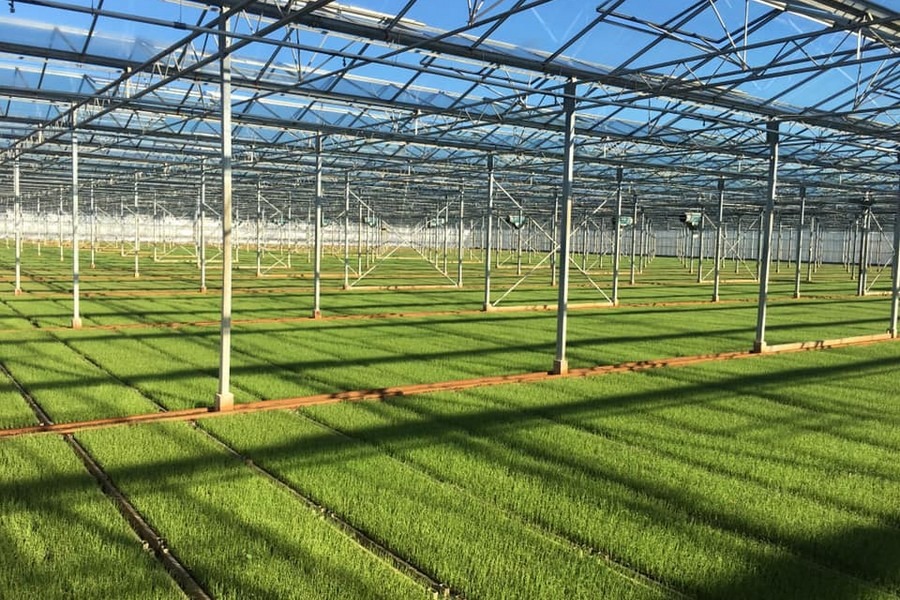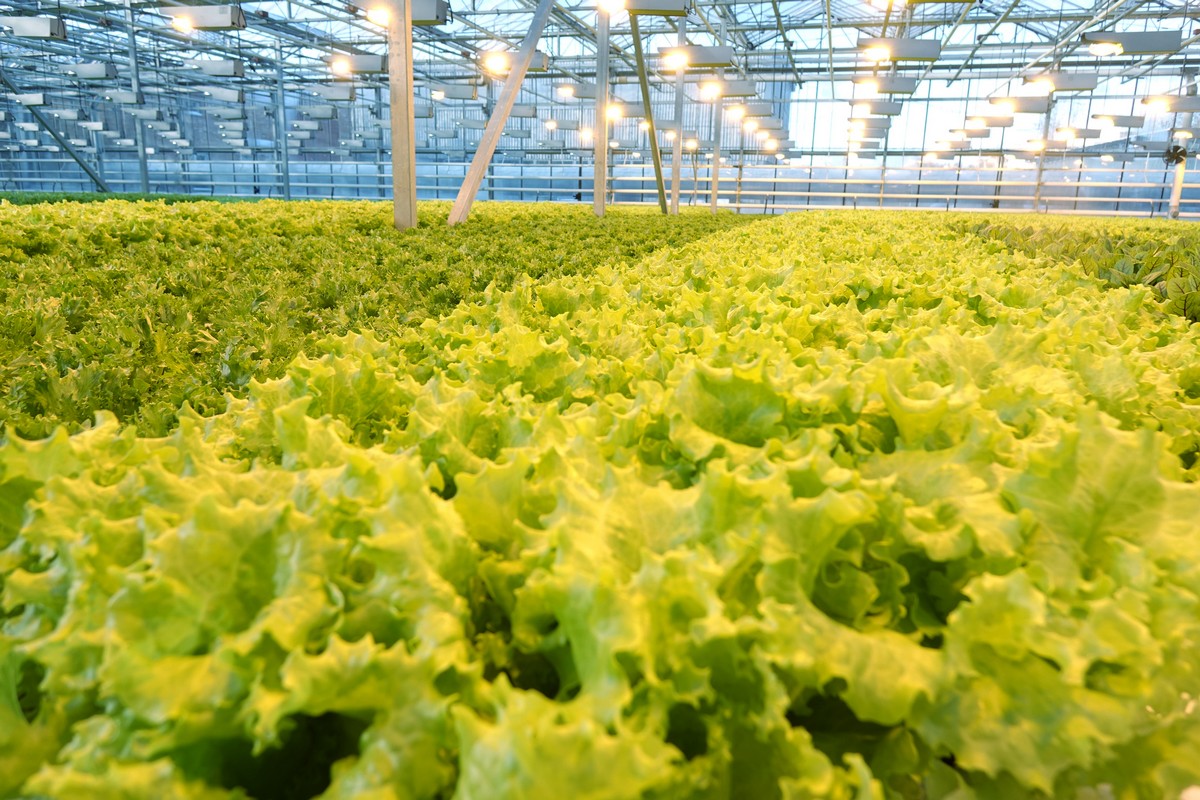In the nectar, there are answers: exploring the intersection of colored nectars and reactive oxygen species in manipulating pollinator behavior
New Phytologist, EarlyView.
Stay updated with the latest developments and discoveries in the world of plants and horticulture with our News Articles category. Here, you’ll find timely updates on conservation efforts, botanical breakthroughs, gardening trends, and industry news. Whether it’s a new species discovery, tips for sustainable gardening, or global botanical initiatives, this section keeps you informed and connected to the ever-evolving plant world. Perfect for enthusiasts, researchers, and nature lovers looking to stay in the know.
While researchers have long been familiar with the surface structure of lymphatic vessels, a groundbreaking study has now focused on their jigsaw puzzle-like pattern. This arrangement helps cells tolerate changes in fluid pressure, such as swelling. Similar cell shapes are found on the surface of plant leaves, and the principle has been employed in human-led design as well.
Why do lymphatic vessels form a jigsaw puzzle-like pattern? Read More »
I have a friend who owns a 20-hectare avocado farm with 6,500 trees. While he’s not currently interested in transitioning to regenerative farming, he does want to move away from using Roundup and is looking for an organic pesticide to manage spotting bugs.
In India, I’ve successfully used neem oil and IMO made with inknut to control leafrollers, aphids, and mites on avocado farms. However, these farms were permaculture-based, incorporating companion planting and other ecological factors, which likely contributed to the success. Additionally, neem oil and inknut aren’t readily available in Australia. Neem oil, although accessible, is quite expensive.
Given that his farm is large-scale and neighbouring farms are macadamia orchards, I’d appreciate any suggestions for effective organic pest control solutions that could work in this context.
submitted by /u/raging_floof
[link] [comments]
Hi all,
We are building a new garden, on top of a long ago abandoned spot. We’ll be using downed alder trees (good idea?) for posts to keep out the elk and deer that are out to trample and destroy. Q’s for all you sexy permaculturists:
-I’m thinking 10′ tall should do it?
-how far apart would you space the posts?
-whats a good fence material, square metal welded stuff?
-for raised beds, whats a good method? we have MAJOR volage so I was originally thinking to line it with galvanized hardware cloth, but now I’m reading that that stuff is toxic as it degrades?! UGh. maybe gravel and ground out seashell bits as I’ve read somewhere?
-would love to keep grass out of the raised beds too, should I think about treating the entire garden footprint in a certain way, or just the raised beds?
-we have a greenhouse I’m rehabbing. treat it same as raised beds or what? if you can point me to a good method for greenhouse setup that would be so appreciated.
We’re in NW Oregon, USA. If you are around these parts come through!
submitted by /u/PaintBrushJar
[link] [comments]

Erik Gubbels has taken over West Plant Group following its declared bankruptcy. Erik is a shareholder of WPG Real Estate BV and WPG BV. From now on, Dutch propagator West Plant Group will continue under the name WPG. Thanks to the takeover and the efforts of the partly existing management team, a press…
West Plant Group makes restart after bankruptcy and continues as WPG Read More »

Indoor farming in plant factories with artificial lighting (PFAL) offers optimized growing conditions and higher water, light, and land surface use efficiencies compared to greenhouses or open-field agriculture but faces challenges related to energy consumption. The objective of this work is to evaluate…
Looking at the feasibility of rotational indoor lettuce growth Read More »
An e-Gro Alert from Alicia Rihn of the University of Tennessee covers the power that plant branding can play in generating value.
The post The Power of Branding in Boosting Plant Value appeared first on Greenhouse Grower.
The Power of Branding in Boosting Plant Value Read More »